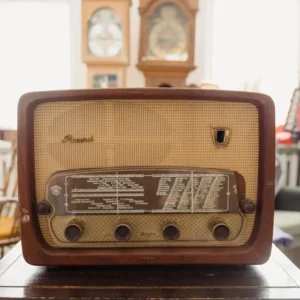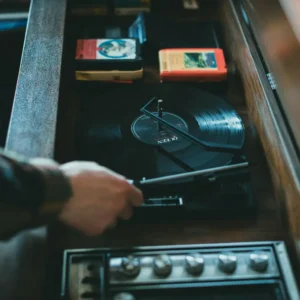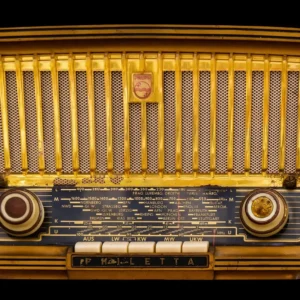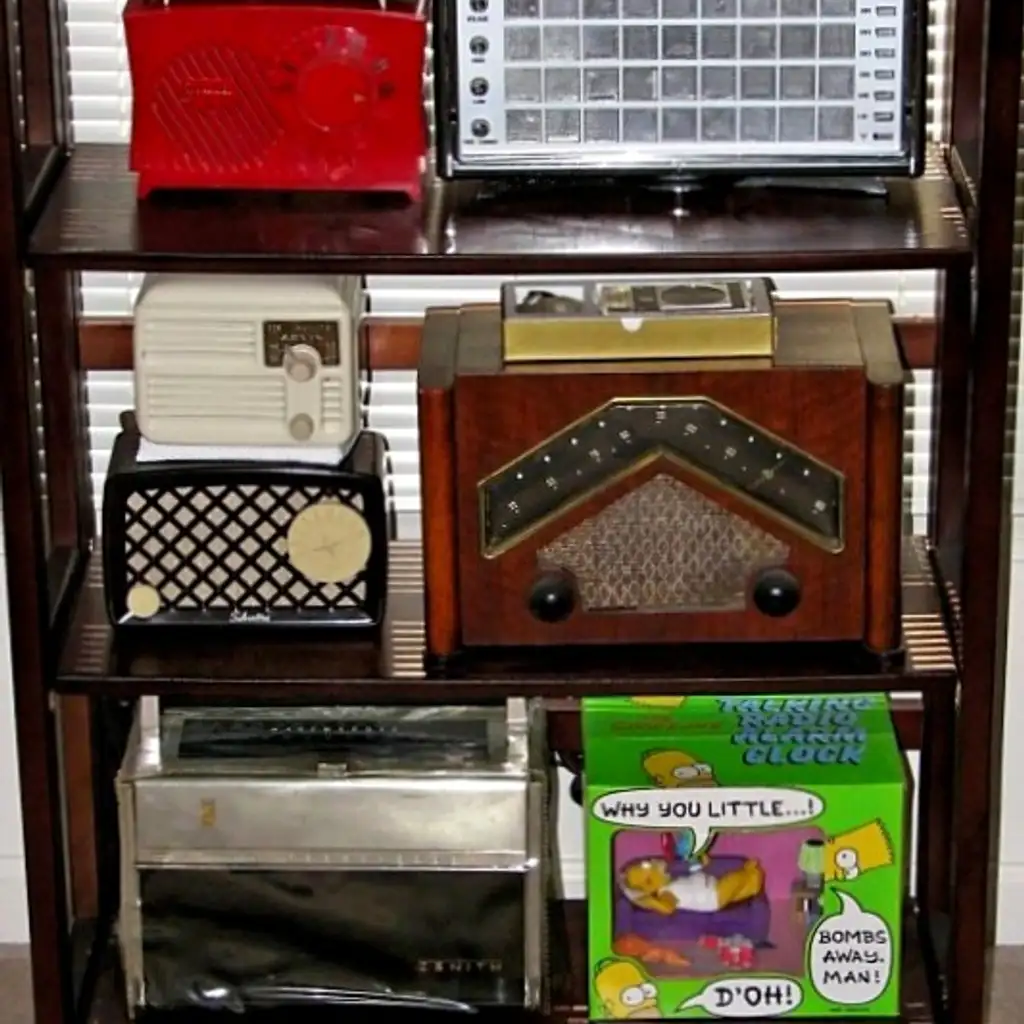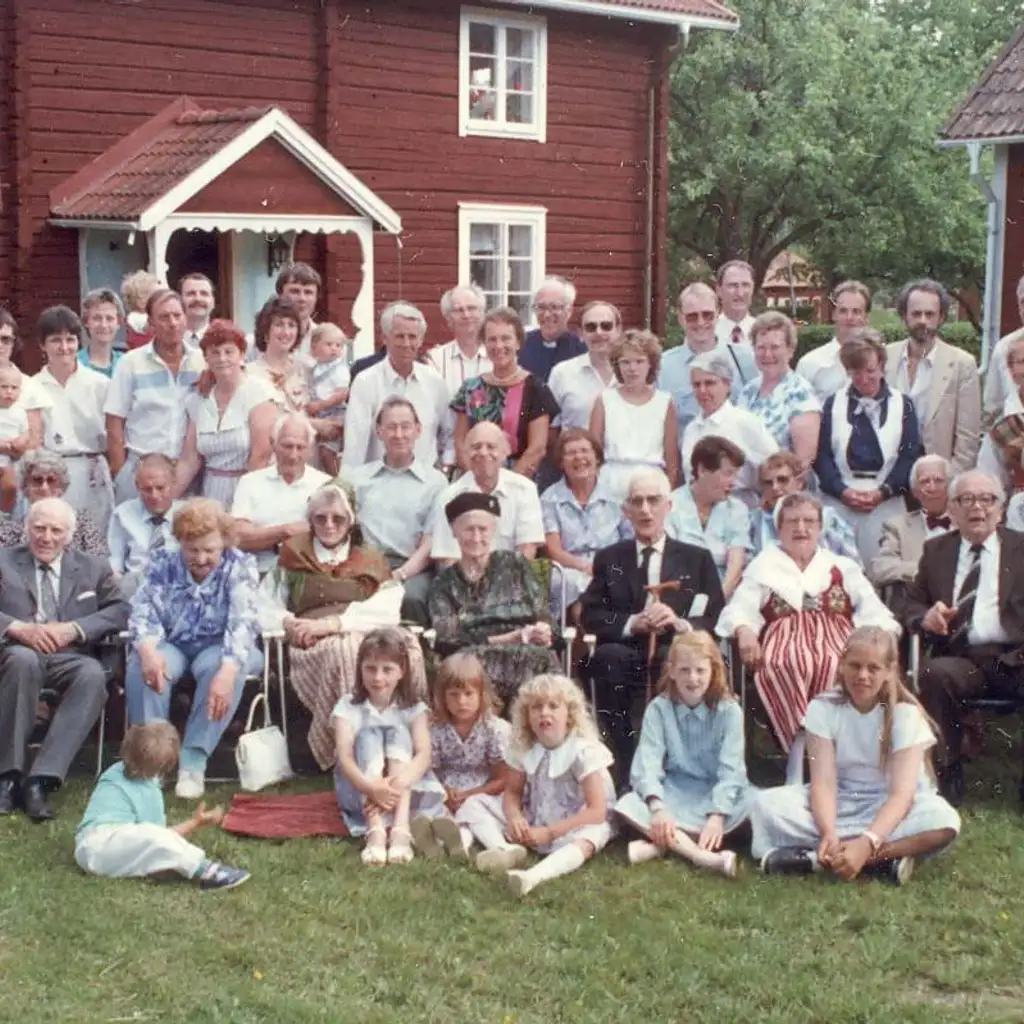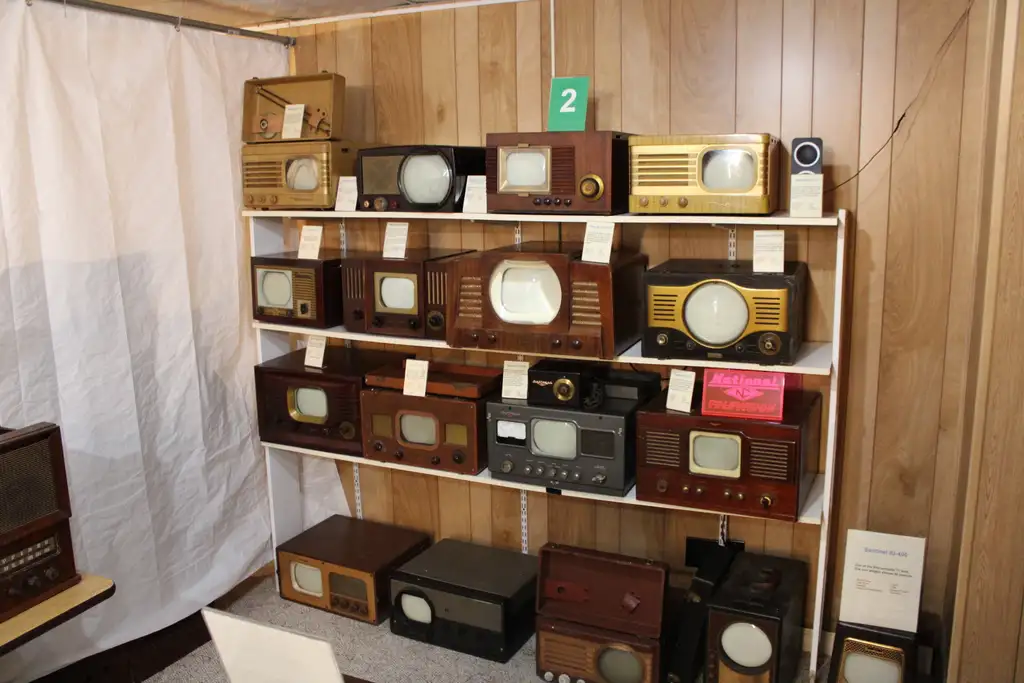Between chief appliances of 1970s audio technology was the Philco F-238. It represents the consumer electronics of that age by virtue of its unique design and sound capability. This twin-speaker radio, which is known for its unique appearance and probably sturdy construction, remains one of the cherished treasures in the collections of vintage radio collectors and enthusiasts. This article describes the features and historical background of this marvelous audio equipment.
Design and Aesthetic Appeal
The Philco F-238 was made in the ’70s, as it is seen to have a really trendy design, all sleek lines and maybe woods and plastic. Another selling point for the radio was its two speakers, which would provide a much better stereo effect than the one-speaker models that were supposed to be used during that period. The aesthetic of this radio may often be referred to as minimalist, with color styles that probably had the same 70s palette, which included browns, beige, and avocado green.
Key Features of the F-238
While the actual technical descriptions for the F-238 might be hard to come by without the original documentation, certain features likely favored its selling. Twin speakers would have been prominently noted, and the radio must have had AM and FM tuning, a standard feature for the time. Possible other features may be:
- Tone Controls: Basic adjustments for bass and treble were becoming more common.
- Tuning Dial: A large, user-friendly dial would have been essential for ease of use.
- Durable Build: Radios made at that time would generally be perceived sturdy, and that was actually a whole different consumer mindset.
Philco’s Evolution in the 1970s
Philco had a fairly wonderful reputation throughout the late 1970s in the consumer electronics dimension while slowly being eaten away by competition from Japanese manufacturers. Production for Philco usually went on radio. Unfortunately, the market was changing. The F-238 is indeed one of the products developed during this transitional time, and it underscores the timeless quality affiliation with the brand even in changing times.These are the words that were fetched during about 1970, when consumer electronics were being popularized by faces like Philco in the increasingly competitive industry with entrants now from Japan. While production continued at Philco with usual outputs through radios, changing time was on the way. The F-238 is a product of this transition time, signifying for the brand its permanent quality relationship with new reality.
Locating and Restoring the Philco F-238
Some say that hunting for a Philco F-238 is a rewarding endeavor in these days. Internet sales and old electronics stores would be excellent bases for the search. The price would obviously depend on the condition and the rarity of the radio. Restoration usually means replacing old capacitors, cleaning internal parts, and fixing speakers or other damaged parts. Several online communities and forums which deal with vintage radio restoration provide helpful advice and information.
Common Issues and Repairs
Vintage radios like the F-238 often face several common issues, including:
- Degraded Capacitors: These components can deteriorate over time, impacting sound quality.
- Speaker Wear: Speaker cones may tear or lose stiffness, leading to distorted audio.
- Tuning Mechanism Failures: The tuning dial and other moving parts can become faulty with age.
The F-238’s Legacy in Audio History
The Philco F-238 was not truly revolutionary, but it occupies an important niche in the history of audio. It signifies an epoch when consumer electronics were built to last and were conceived with utmost simplicity and utility. The twin speakers stand for the quality of sound reproduction emphasized during those times. For collectors and vintage electronics lovers, the F-238 represents a trip into nostalgia and an appreciation of craftsmanship from a bygone era. Its st
This article is generally drawn from the author’s knowledge of Philco radios, as well as of consumer electronics in the 1970s. Any specific details concerning the specifications of the Philco F-238 may necessitate further research, relying perhaps on original manuals or other archival sources.
